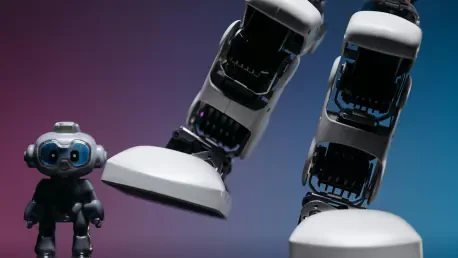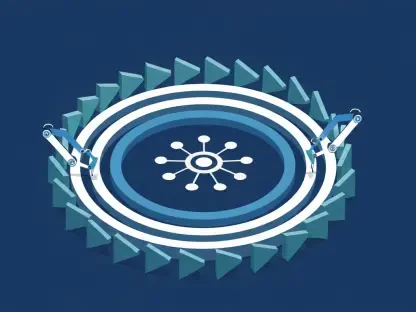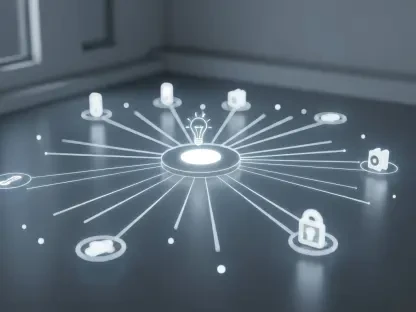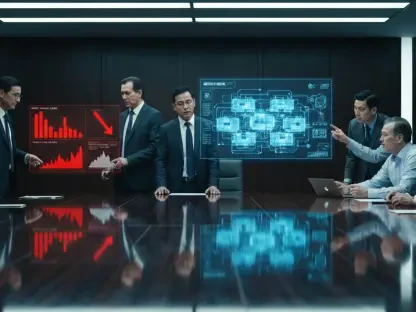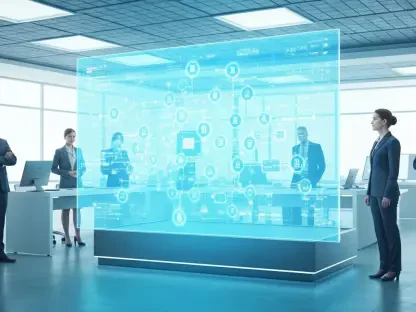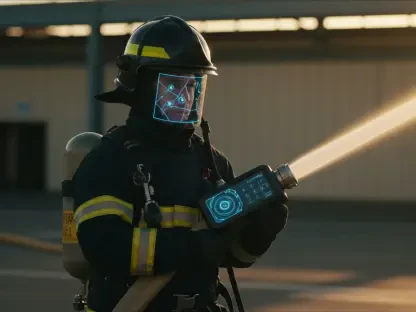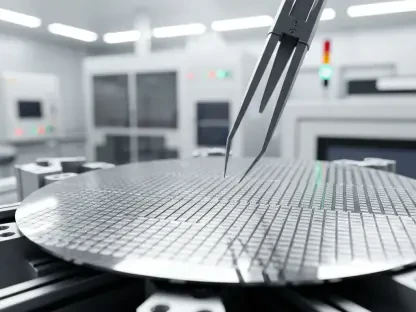How do robots harness the essence of human sight to develop self-awareness? Imagine robots developing intricate internal maps using sight alone, akin to how humans navigate their world. This pivotal development promises to redefine robotics and innovation, as machines gain self-awareness through visual perception, unveiling possibilities that were once confined to science fiction.
Why Vision-Based Control Is a Game Changer
Traditional robotics, while groundbreaking, has its pitfalls. The complexity and expense of sensor systems and reliance on predefined models have often limited flexibility and accessibility. Current industry trends shift toward affordability and democratization, highlighting a growing demand for smarter, simpler systems. Vision-based control stands at the forefront of this transformation—an innovative approach that strips away the complexities and costs, offering a path where robots learn to adapt and evolve through visual cues alone.
Neural Jacobian Fields: Teaching Robots to Understand Themselves
The advent of Neural Jacobian Fields (NJF) signifies a shift from classic programming methods to teaching robots kinesthetic awareness. NJF allows robots to learn and adapt by observing their movements, relying heavily on vision as their primary sensor. From soft robotic hands that grasp objects with unique precision to industrial arms operating on the factory floor, NJF demonstrates its versatility across diverse robotic forms. This adaptability showcases its potential to transform the landscape of robotics design and application.
Expert Insights: The Impact of Vision-Based Systems
Researchers at MIT’s CSAIL have voiced their enthusiasm concerning the transformative effect of vision-based control systems. According to one study, introducing human-like adaptability in machines leads to unprecedented innovations. For instance, NJF-equipped robots have exhibited creative problem-solving skills during experiments, capturing human-like dexterity and adaptability that was previously unimaginable in machine design.
Practical Applications: Vision-Based Control in the Field
Vision-based control presents tangible opportunities across various sectors, ranging from construction to agriculture. Its promise lies in a simplified setup, reducing reliance on bulky hardware or extensive sensors. Industries can seamlessly integrate NJF into existing systems, encouraging a shift toward more sustainable and accessible robotics. The flexibility unleashed by vision-based control invigorates sectors that rely on precision, speed, and adaptability, paving the way to a future of enhanced efficiency and cost-effectiveness.
Pioneering a New Phase in Robot Design
Reflecting on the advancements pioneered by NJF, it is evident that robots have moved from rigid tools to self-aware entities capable of learning autonomously. This shift has profound implications for robotics design and development, prompting a reconsideration of traditional methods. As vision-based control systems become mainstream, the capabilities of autonomous robots to perform complex tasks will continue to expand. Robots, empowered with vision-driven awareness, learn and adapt to dynamic environments—a forward-thinking leap that redefines interactions between machines and their surroundings.
